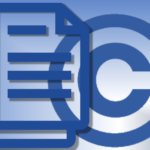
Putting Advanced Computing Power Within Reach
Indiana University’s Pervasive Technology Institute is leading an NSF grant (currently valued at more than $13 million) to create, implement and operate Jetstream, a user-friendly cloud environment designed to give more researchers and students at higher education institutions access to high-end computing resources on demand, from their tablets, laptops or desktop computers. Campus Technology















